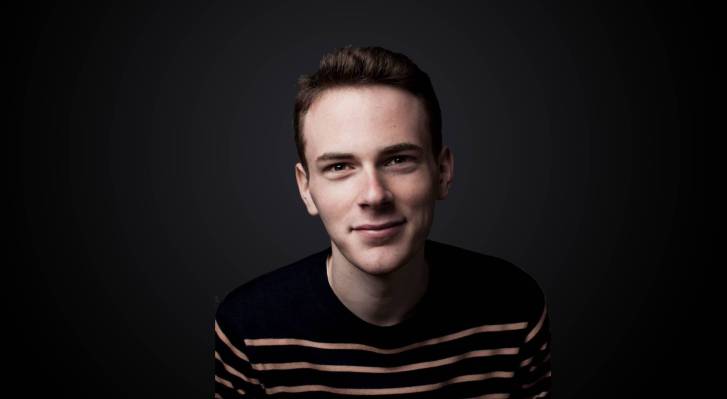There are plenty of accelerators aiming to sway young startups to join their ranks rather than apply to Y Combinator, but Pioneer‘s sell is a bit different.
First off, they are fully remote; founders selected to participate in the program chat with advisors via video chat. Second, Pioneer is largely looking at companies that aren’t companies yet, framing themselves as more of a “startup generator” than an accelerator that aims to help entrepreneurs outside Silicon Valley zero in on exactly what kind of startup they want to build.
Earlier this month, I wrote about the accelerator, which is helmed by former YC partner Daniel Gross.
My interview with Gross had some interesting longer bouts I didn’t have space to include, so I’m including the salient bits here. This interview has been edited for length and clarity.
TechCrunch: Remote work seems to have its challenges; how have you overcome some of the humps of being a remote accelerator?
Daniel Gross: My overall view is that remote can replace the majority of real-world interaction. But there’s less inertia, if that makes sense, and so I think you can build real rapport and real relationships through a group video chat on the internet, but it will require much more thinking and effort around it than if you were just meeting up in the real world.
One of the main values of all of these organizations — not just YC, but Sequoia, Stanford, Harvard, Princeton or Google — is the network that you build, and so we’re kind of wondering, “well, how do you build that up?” On the internet, you can’t really get people on a video call together and say, “OK, 3..2..1.. bond!,” that doesn’t work.
What does, though?
It’s kind of funny; human bonding happens when there’s another direct task going on, right? We need to get dinner and have a meal in order for us to have an interesting conversation. And so for Pioneer, the way this takes shape is we run this thing called Pioneer Camp — our version of a curriculum — over the course of a month, where we facilitate folks solving problems in their businesses together.
You know, the primary obvious goal is we’re all going to get on a video call together and someone from the team or another expert that we work with will kind of help them work through whatever problems they’re focused on. But the secondary, much more interesting thing that happens is people get to know each other a little bit and real camaraderie is built. I do think that being remote is slightly more like swimming upstream, it’s a slightly more viscous environment to bond in, but it is totally doable.
You’re focused on being a “startup generator,” but when you’re working with founders in underserved areas outside Silicon Valley, how do you ensure they access networks they need to grow rather than finishing the accelerator and cratering?
I mean, our hope is very much to shepherd people through that phase. I think there are a lot of great companies that instead of being listed on the S&P 500 are stuck at the phase where they’re just a Python script. Or the next Steve Jobs that managed to build enough motivation, enough fortitude, enough belief in themselves to get to the point where they could build something or code something, but never much beyond that and that thing died.
One of the reasons there are not more startups in the world is that the motivational flow of starting a company comes in a lot of fits and stops — it’s very erratic. It’s like running through rolling hills, occasionally you’re running downhill but then occasionally, it’s a very steep uphill curve, and if you don’t have the motivation of, say, Silicon Valley and that tailwind behind you, you may stop working on it.
What’s that tailwind?
What happens in Silicon Valley that’s different is that as you wander around San Francisco, you meet other people, and they’re in a similar position to you. And you kind of think, well, if that person managed to get to $10,000 in sales, I can do it too.
But, of course, this doesn’t happen much in the developing world. This doesn’t happen much in America if you’re not in a coastal city. So, you could be in the Midwest and reach this point in your project where you get a little bit of a headwind and then immediately the project gets neutered — it’s the next Facebook but it’s just sitting there, a collection of scripts not fully realized. What you need is a little bit of that community and that kind of motivational glue to really push you beyond the generation phase and incubation phase into the real company phase.
And that’s what we hope to help with. So I think, part of the answer is individuals, being one of our experts or myself or someone on the team, giving them a sense of validation. And then one of the most effective things we’ve built at Pioneer just by talking to our users is this leaderboard dynamic that we have. It’s a kind of Peloton bike for productivity where you get more points the more progress you make over the course of the week. It’s only the beginning, and I think it’s very crude compared to what it could be, but a lot of people will send us emails thanking us for building this leaderboard because it motivated them to push a little bit further.
